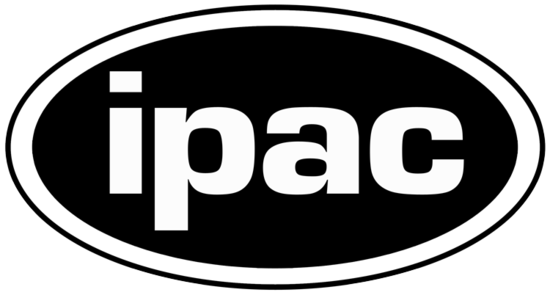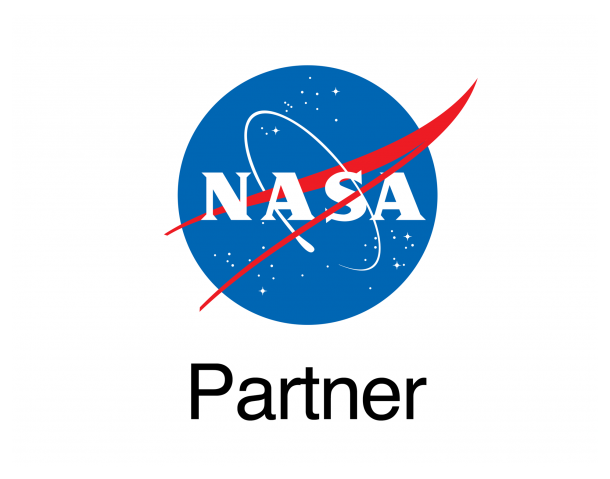About AstroPix
Welcome to a new "one-stop shopping" experience that makes finding the right astronomy image easier than ever!
AstroPix offers access to the public image galleries of many of the leading astronomical observatories under a single unified interface. Assets will include a full range of astronomical observations, artwork, and charts spanning the field of astronomy.
Together for the First Time
On this site you will find thousands of images collected from many telescopes around the world and beyond. AstroPix adds new imagery as it becomes available every night; some of the latest additions are shown on the landing page. Content is supplied from a growing list of observatories.
Each observatory tags its own image inventory with a rich selection of metadata describing the content, from titles and captions to astronomical facilities and coordinates. It employs the Astronomy Visualization Metadata (AVM) standard, which allows both general information (title, caption, credit, etc.) and astronomy-specific data (observations, coordinates, etc.) to be embedded directly into the images.
The goal is to bring you the best public imagery that has been prepared by professionals at research observatories. The collection does not include access to the full catalog of science data collected by these facilities, images that appear only in professional research publications, or any of the wealth of imagery from private and amateur observatories.
Simple and Powerful Searching
Rather than rely on difficult-to-predict results from a flat web search, or having to individually search multiple observatory websites, AstroPix users get a single unified search interface. Best of all, once you have found the image you want, you can even follow a link back to its source should you wish to find related content (e.g. press releases, additional imagery, videos, etc.).
Users can just do a quick search by entering a few keywords in the Search box, browse images across a variety of categories, or build an exact advanced search that uses the full range of metadata provided for these images.
Informative Displays
AstroPix displays images in a flexible format that provides a lot of information in an easy to read graphical format. Subject matter, source names, distances, and color assignments are all presented in their own sections, some with graphical widgets that make it easier to understand what the image is about.
Many of the astronomical images can be displayed in a WorldWide Telescope browser window that shows where they fall in the sky.
Download the Right Size
Images may be downloaded in a variety of standard sizes, making it easy to find the best version for your needs: thumbnail for a web page, graphic for a presentation, background for a tablet or computer, or a high-resolution version for printing.
Full-resolution TIF files, as originally supplied by the parners, are also available for the highest quality output needs.
A History of International Collaboration
AstroPix is the result of a long-standing initiative of the International Astronomical Union's Working Group on Communicating Astronomy to the Public. Outreach and public affairs professionals in the field had noted the difficulty in accessing the many graphical assets hidden in the websites of observatories across the world. The goal was set forth to find a way of improving discovery and access to these incredible assets.
The roadmap started with developing a metadata standard that would let observatories capture all of the contextual information about their public images in a common format, leading to the development of the Astronomy Visualization Metadata (AVM) standard. Now embraced by astronomical science centers around the world, AVM provides the template from which the AstroPix site can ingest the images and their information.
The AstroPix site is being developed by the IPAC Communications and Education (ICE) team at the California Institute of Technology/IPAC in Pasadena, CA, as part of the NASA "Universe of Learning" partnership. The current list of partners providing assets to the site can be found on the home page for this site.
Part of NASA's Universe of Learning
AstroPix is part of NASA's Universe of Learning project, which creates and delivers science-driven, audience-driven resources and experiences designed to engage and immerse learners of all ages and backgrounds in exploring the universe for themselves.
NASA’s Universe of Learning materials are based upon work supported by NASA under cooperative agreement award number NNX16AC65A to the Space Telescope Science Institute, working in partnership with Caltech/IPAC, Center for Astrophysics | Harvard & Smithsonian, and NASA Jet Propulsion Laboratory. The award is part of NASA’s Science Activation program, which strives to further enable NASA science experts and content into the learning environment more effectively and efficiently with learners of all ages.





